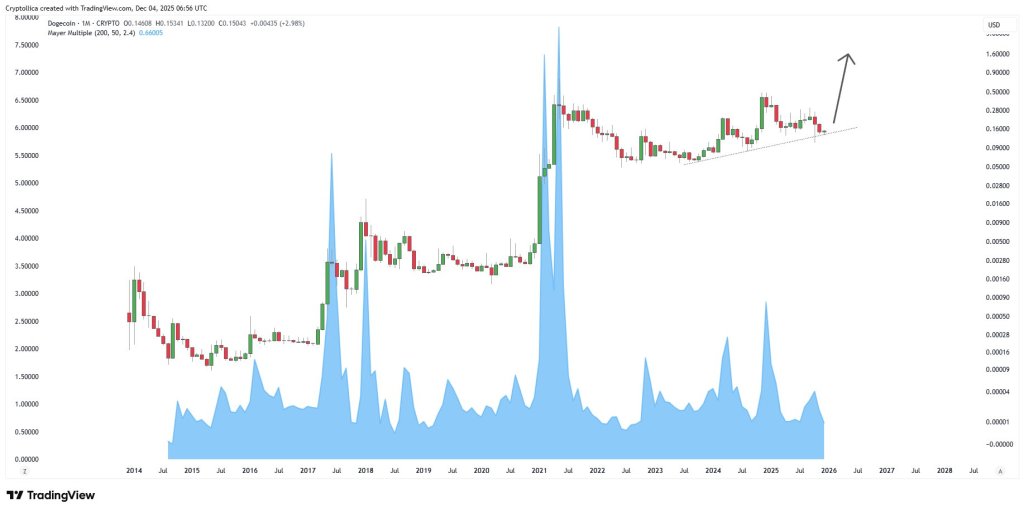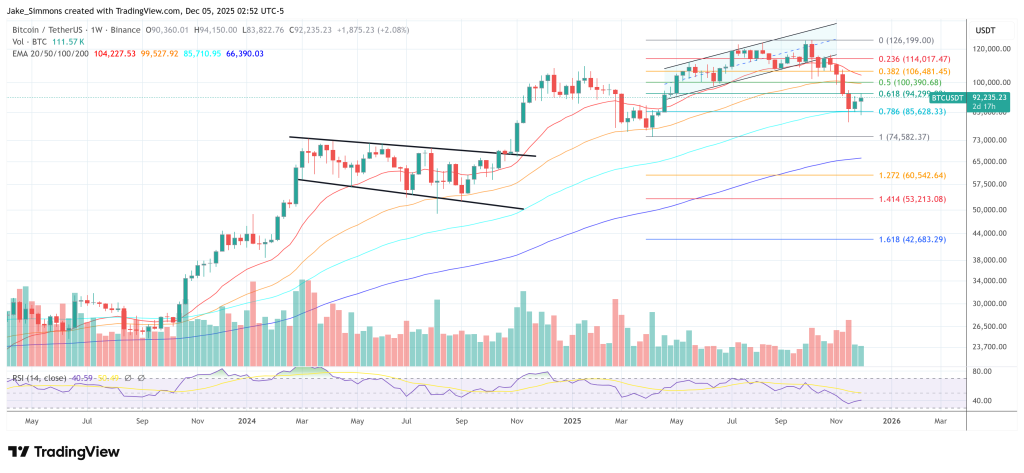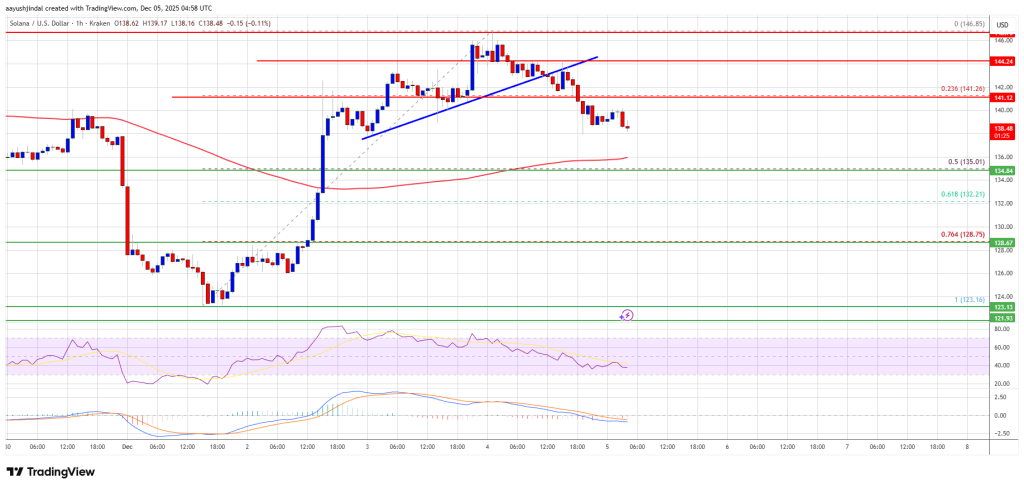
What Is a Security Token?
A security token is a blockchain-based digital asset that represents ownership rights or entitlement to an asset, business, or investment. These tokens are created through a process known as tokenization, where real-world assets are digitized and assigned a unique token on a blockchain. Security tokens combine the concept of asset ownership with the transparency and immutability of distributed ledger technology.
Key Takeaways
- Security tokens represent ownership or economic rights tied to real assets or companies, recorded on a blockchain.
- They are issued via a process called tokenization, which digitally converts an asset into a tradable token.
- These tokens fall under securities regulations and require approval from financial authorities like the U.S. Securities and Exchange Commission (SEC).
- As of now, security tokens are largely limited to institutional and accredited investors in the U.S.
Understanding Security Tokens
To understand security tokens, one must first grasp tokenization. Essentially, any real-world asset—from real estate to intellectual property—can be tokenized. For instance, imagine using blockchain technology to digitally represent ownership of a vehicle. Information such as the vehicle identification number (VIN), owner’s details, and registration status could be securely stored on-chain. Once recorded, this information would be tied to a token that could be traded or transferred.
In a similar way, companies can tokenize shares or equity by encoding their value and ownership rights into blockchain tokens. These security tokens can then be offered through regulated platforms, and their transfer and ownership are recorded immutably on the blockchain.
This is not a completely new concept. Historically, paper stock certificates functioned as proof of ownership in a company. Security tokens are simply a digital evolution of this process, enabling real-time trading, settlement, and compliance.
Regulatory Context
Whether a token qualifies as a security depends on the Howey Test, a legal framework used by U.S. regulators. A token is likely considered a security if:
- There’s an investment of money,
- In a common enterprise,
- With the expectation of profits,
- Derived from the efforts of others.
If a token meets these criteria, it falls under securities laws and must be registered or qualify for an exemption through the SEC or other governing bodies.
Security Tokens vs. Cryptocurrencies
Though both security tokens and cryptocurrencies are digital and exist on blockchains, they serve fundamentally different purposes:
- Cryptocurrencies (like Bitcoin and Ethereum) are primarily intended to serve as money or utility tokens within a network.
- Security tokens represent a stake in a company, debt instrument, real estate asset, or similar investment vehicle.
For example, Bitcoin (BTC) was designed as a decentralized currency, not as an investment instrument. Although it is now widely traded and speculated on, it does not fall under securities regulations because it wasn’t created with investor profits in mind.
Similarly, Ether (ETH) was originally developed to power transactions on the Ethereum network, not to raise funds or pay dividends. Despite its market behavior, it isn’t classified as a security under current regulatory interpretations.
Example of a Security Token
An example of a security token is bNVDA, a tokenized version of Nvidia stock. Issued by the company Backed, bNVDA represents a share held by a licensed custodian and can be traded on regulated platforms such as INX. This allows investors to gain exposure to Nvidia through blockchain-based securities.
Purpose: Represent ownership of a real-world asset or stake in a project, subject to securities regulation.
A few more examples:
-
Polymath (POLY)
-
RealBlocks
-
tZERO
Purpose and Functionality
Security tokens primarily serve to digitize ownership and investment opportunities on the blockchain. They can offer features such as:
- Fractional ownership
- Automated dividend payments
- Real-time compliance and reporting
- 24/7 trading capabilities
These tokens enable broader market participation, allowing investors to access real-world assets through decentralized platforms while staying within the bounds of regulatory frameworks.
Conclusion
Security tokens represent the convergence of traditional finance and blockchain technology. They function as digital counterparts to stocks, bonds, or real estate holdings, enabling faster, more efficient, and transparent transactions. While they are subject to strict regulations, their potential to revolutionize capital markets is significant. As blockchain adoption grows and regulatory clarity improves, security tokens could play a major role in reshaping how we invest, trade, and own assets in the digital era.




